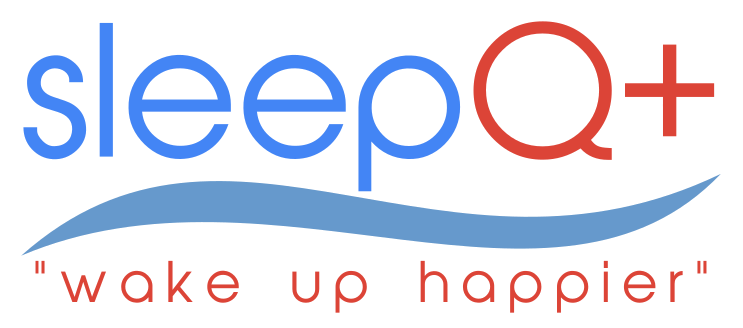February 09, 2020
|
|
|||
For an athlete the ability to consume more oxygen into their muscles while keeping carbon dioxide levels low is essential to maximise performance, particularly at times of maximum stress such as reaching the finishing line in a marathon. However, it is not easy to maintain nasal breathing as, at times, the athlete needs all the air they can breathe into their lungs regardless of quality, and mouth breathing delivers more air. Opening the mouth to gulp in more air may help win a race but mouth breathing long term is bad for the lungs and athletic performance because mouth breathing delivers poor quality air.
If an athlete can maintain nasal breathing when not competing, especially at night, their lung function and performance will be enhanced more than a competitor who constantly breathes through the mouth.
THE NEGATIVE EFFECTS OF MOUTH BREATHING FOR AN ATHLETE.
Many healthcare professionals are unaware of the negative effects of Mouth Breathing Syndrome (MBS) which is characterized by inhaling and exhaling primarily through the mouth and is considered to be an abnormal respiratory function.
With MBS, the location of tongue is down and backwards. MBS leads to changes in tongue and head position as the location of tongue is down and backwards instead of up and forward in the palate. Prolonged mouth breathing can lead to muscular and postural alterations, which may alter the balance of facial muscles and cause facial skeletal changes. A significant problem with MBS is the reduction of oxygen absorption leading to a downward spiralling effect on sleep patterns, which can contribute to a decrease in immune defence cells, stamina and energy levels, all vital to the athlete.
Breathing through the mouth also causes dryness of the oral tissues and may lead to inflamed tonsils, dry cough, swollen tongue, halitosis and gingivitis. Mouth breathing is also associated with increased water loss, decreased energy, and changes in salivary profile resulting in a greater risk of heat stress and disrupted muscle function, negatively affecting athletic performance due to dehydration. Healthy subjects experience a 42% decrease in net water loss when they switch their breathing mode from nasal to oral breathing. Importantly, mouth breathing does not produce nitric oxide (NO)
THE POSITIVE EFFECTS OF NASAL BREATHING FOR ATHLETES
The nose regulates air from cold to warm and humidifies the air during the nasal cycle. Nasal breathing cleans the air as it enters the body, produces nitric oxide, and performs the same amount of work with less energy expended. Nitric oxide, through nasal breathing, regulates heart rate, respiration, blood pressure, and digestion along with mood, sleep cycle, fluid balance, and reproduction. The increase of blood flow derived from nitric oxide improves recovery processes as well.
Michael Flanell. The Athlete’s Secret Ingredient: The Power of Nasal Breathing. 2019
Nasal breathing, due in part to increased flow rates of air throughout the lungs, reduces exercise-induced asthma and bronchoconstriction. Nasal breathing provides significant advantages over mouth breathing, particularly for athletes who want to improve performance, recover more efficiently and win but controlling involuntary mouth breathing during sleep can be a challenge, even for an athlete.
That's why sleepQ+ was invented.
#sleepQplus #MouthBreathing #MouthBreathinSyndrome #NasalBreathing #AthleticPerformance #Sports #NitricOxide #Oxygen
Updated 9 February 2020
Comments will be approved before showing up.
March 09, 2025
There is extensive scientific research that supports the link between mouth breathing and sleep disorders.
The nose is nature’s design to deal with air intake. (1) Mouth breathing is linked to reduced exercise capacity (2), snoring, sleep apnea, (3) sleep disorders and attention deficit hyperactive disorder (ADHD) (4) sinus congestion, facial abnormalities (5), allergies, asthma, dental crowding and crooked teeth. (6)
October 21, 2022
July 20, 2022
